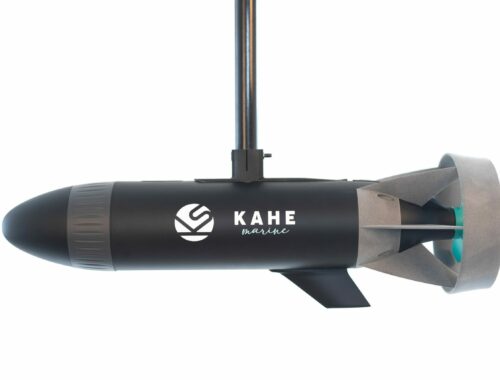Innovative Marine Propulsion Systems Manufacturing
This project focus on the manufacturing of marine propulsion systems and components for Kahe E-Nautic Solution.
Employing cutting-edge technologies like vacuum casting and 3D printing (SLS, SLA) with materials such as PU shore, Epoxy resin, and PA12, we ensure the production of top-quality marine propulsion systems.
Our finishing touches include mass tining, painting, and silk printing/stickering. The project is slated for completion in just 8 days.
About Our Client
KAHE E-NAUTIC SOLUTION is dedicated to developing and spreading eco-friendly electric propulsion solutions for watercraft. They initially tested their innovative technology on surf and SUP boards, as well as canoes, and are now adapting it for electric boat motors.
Our Mission
Technologies: Vacuum casting, 3D printing (SLS, SLA)
Materials: PU shore, Epoxy resin, PA12
Finishing: mass tinting, painting, and silk printing/stickering
Timeline: 8 days
Quantity: 7 sets
Challenge and Solution
This project looks at different challenges and provided solutions to create perfectly assembled prototypes.
1. Precision Assembly of Diverse Prototyped Parts
3D printed parts, used for their versatility, sometimes lack the precision necessary for seamless assembly according to design specifications.
To overcome this challenge, our engineers optimized the fit gaps between parts based on real-world conditions, making manual adjustments as needed.
This process involved a comprehensive analysis of Design for Manufacturing (DFM) principles to fine-tune assembly clearances.
Physical deformation of the manufactured parts can pose challenges during assembly. To mitigate and reduce this deformation, we employ various post-processing techniques, including manual adjustments, the use of jigs and fixtures, and some anti-deformation methods. In some cases, secondary processing is also utilized to address these issues effectively.
In addition, achieving precise assembly of 3D printed and vacuum-casted parts requires strict adherence to 2D plans. To maintain dimensions and quality, we rely on highly skilled technicians with extensive experience in executing these intricate operations.
2. Accurate Placement of Silk Printed Logos
Achieving precise placement of silk printed logos necessitates the use of specialized tools and jigs, emphasizing the meticulous attention to detail integral to our assembly processes.


